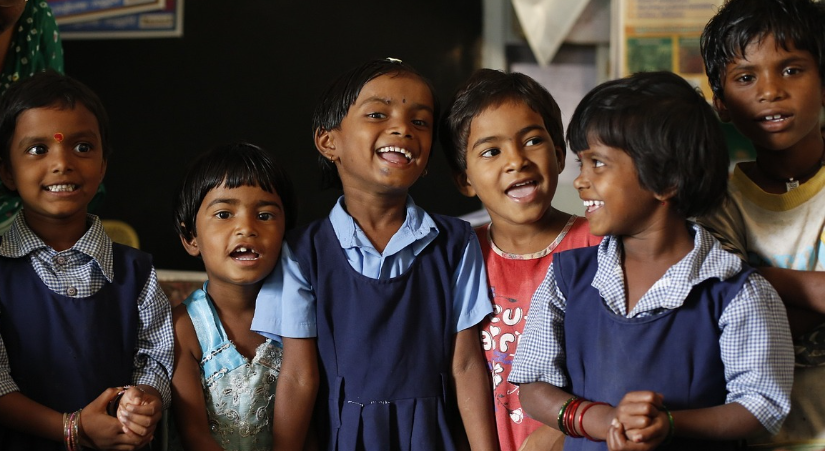
(Photo : pixabay.com)
Mid-day Meal Scheme
- India's high food inflation is impacting the government-funded mid-day meal scheme, affecting the nutrition of impoverished school children.
- The static budget for the scheme amidst rising food prices has led to a decrease in the nutritional quality of meals.
- This situation is having serious consequences on the health and development of children, leading to malnutrition and stunted growth.
- The government's response has been inadequate, with no immediate action or detailed plan to address the decreased nutrition in school meals due to inflation.
India's high food inflation has been a cause of concern for the past two years, affecting the most vulnerable segment of the population - impoverished school children. The government-funded mid-day meal scheme, which was designed to provide basic nutrition to poor children and draw them into schools, has been hit hard by the rising prices of vegetables, fruits, and pulses.
The scheme, which has been in operation for three decades, covers an estimated 120 million children across a million government and government-aided schools up to class 8. However, the quality of meals provided under the scheme has been compromised due to the unchanged budget amidst soaring food prices.
The budget for the mid-day meal scheme is not indexed to inflation as it should be, leading to a static allocation while the costs of food items increase. This has forced schools to cut back on key ingredients, leading to a decrease in the nutritional quality of the meals. Schools have been forced to opt for cheaper varieties of lentils and skip more nutritious vegetables like carrots to manage budgets.
Impact on Children's Health and Development
This has had serious consequences for the health and development of children, especially those from impoverished backgrounds. It can lead to malnutrition, stunted growth, and a weakened immune system, affecting their overall well-being and ability to concentrate and learn in school. The impact of this situation is starkly illustrated by the case of 8-year-old Ranjit Nayak, who lives in Ghugudipada village, 150 kilometers from Bhubaneshwar, the capital city of the eastern Indian state of Odisha.
Ranjit's family of five survives on daily wages of about 250 Indian rupees ($2.98) and can afford to feed him and his 4-year old brother little more than boiled rice on most days. Often, the school provides his very first meal of the day, but the food price spike has left an unwelcome aftertaste in recent times. His mother, Arati Nayak, who earns 25 rupees a day weaving dry leaves into disposable plates, laments that some days the school meal is just yellow water with hardly any lentils.
Government's Response and Global Perspective
The government's response to this issue has been inadequate. A decision to increase allocations for the current year's mid-day meal scheme has been delayed due to elections. This implies a lack of immediate action, and the issue of budget adjustment to address the decreased nutrition in school meals due to inflation is pending. There is no detailed plan outlined to address this issue.
The situation in India is not unique. Across the globe, rising food prices and inflation have been impacting school meal programs. For instance, in the United States, school districts have been grappling with rising food costs and supply chain issues, leading to changes in school menus and a decrease in the quality of meals. Similarly, in the United Kingdom, the government's free school meals program has been under scrutiny due to concerns about the nutritional quality of the meals provided.
The unchanged budget for the mid-day meal scheme is compromising the quality of meals, impacting the health and development of children. There is an urgent need for the government to address this issue, increase allocations for the scheme, and ensure that the budget is indexed to inflation.









